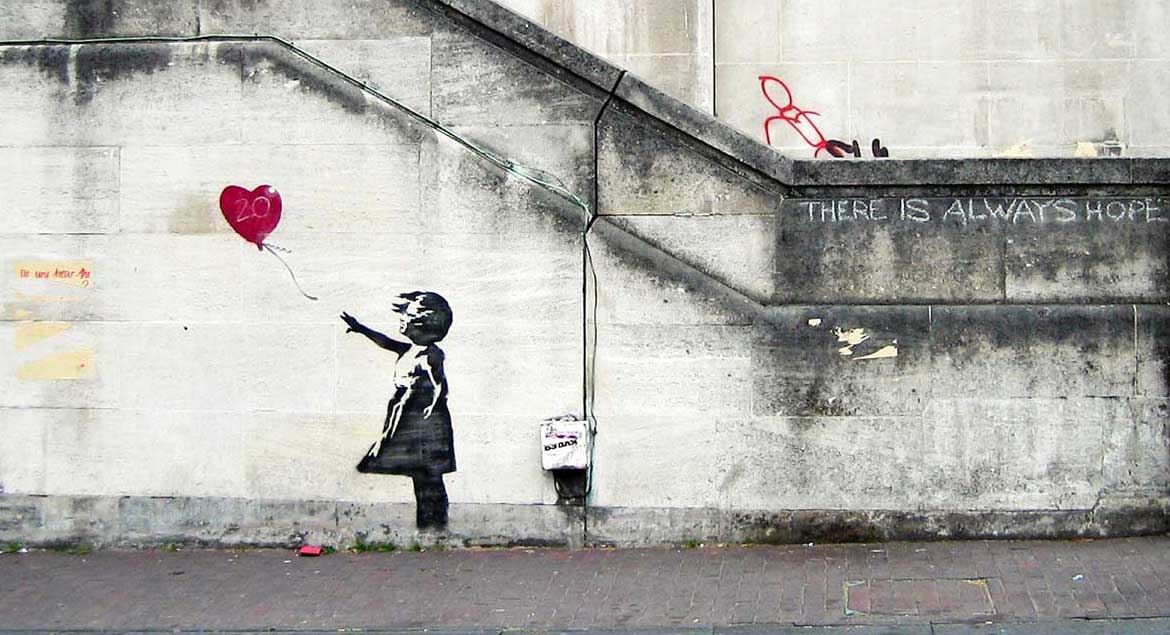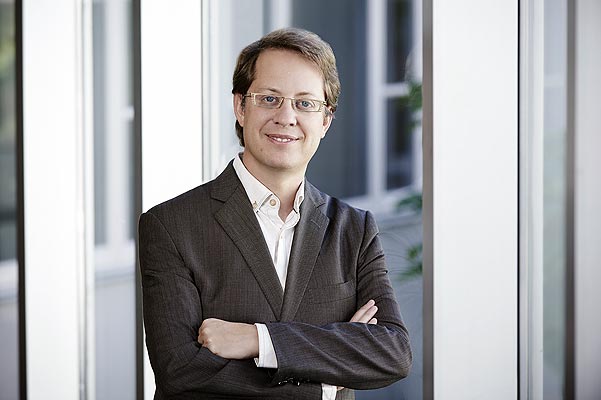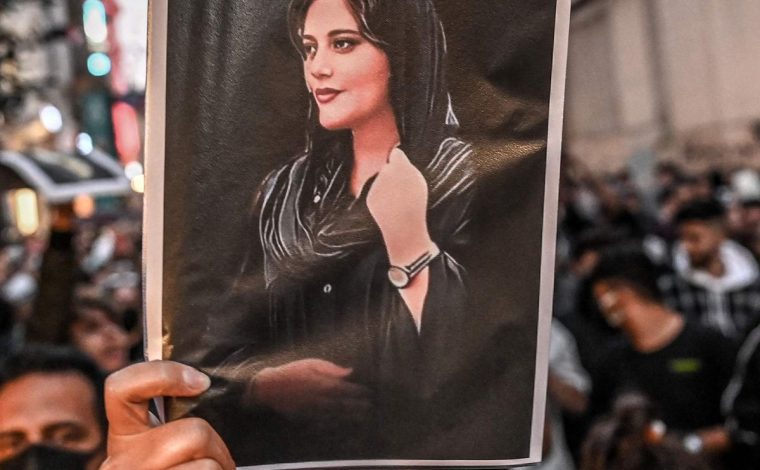
Courtesy of testpress.news
Q1: Please tell us a bit about yourself.
I’m a Toronto based producer, and we mostly produce theatre in Toronto. We also tour internationally with our shows. One of the most special shows we've made is Potted Potter, which we have been doing for seven years now. It is played across the US in places like Mexico, and it’s also played in Vancouver. Other shows we have produced is CATS and a Sherlock Holmes production with David Arquette.
Q2: Who is the curator for the Banksy exhibit? How did he select the pieces to be featured?
The exhibit is curated by Steve Lazarides. Steve was part of Banksy's group from 1998 to sometime in 2008, and his initial job with Banksy was that he was his photographer. He photographed the pieces that Banksy was painting on the street because it wouldn't last long, as people will paint over it to cover it up. Steve would accompany him as he worked. During this period, Banksy needed to make some money, and he also needed to pay for some of the bigger installations of work he did, and so Steve was in charge of handling and selling Banksy's work to collectors. A lot of this happened over a series of shows in London during the decades. All of the art in the exhibit comes from those shows, and has been lent by collectors that Steve knew.
This is important for 3 reasons. Some people think that we took street art out of its natural setting and put them into museums, which a lot of people in the street art world are vocally opposed to, including Banksy himself. They think that it's okay that it disappears; it's ephemeral, it's there, and it makes a statement for that location. However, this exhibit is specific art that Banksy created and sold to collectors for shows over the years. Some of these include Dismaland and Walled Off Hotel, which is all funded by money Banksy made with Steve selling to art collectors. They are specifically designed to go on someone's wall or in an exhibit.
Q3: Can you explain the layout for the exhibit?
Steve picked out the best of the best of the various shows that he did. There are really 4 types of art you will see; the first couple of rooms are all photographs that Steve took of street art, and of Banksy at work. This is Steve's private collection, and takes you backstage to see Banksy's actions. We don't reveal his identity- his face doesn't appear- but we can see how he did everything. We have sculptures like the CCTV Angel, as well as limited edition prints. Once you go through the room with the photographs, see the sculpture and prints, you move into a room featuring unique paintings that Banksy would sell at annual christmas shows, which are now worth millions.
We put the whole exhibit into a raw factory space that used to be a munitions factory, where in WWII, Canada made its weapons for war. Banksy is all about peace and anti-war, so we decided to place the exhibit in this giant factory with high ceilings. The next room has pieces from the final show that Steve and Banksy did in 2006, which is the Barely Legal show in LA; this is the tipping point of Banksy's career as an artist, as collectors began to see value in his work. The show was done in a rundown warehouse in LA, and even movie stars like Angelina Jolie and Brad Pitt came in to see it.
Banksy does his paintings with the stencil he designs in his workshop and applies it on the street, which speeds up the process of making the paintings since he has to hide from the police. This is an opportunity to see Banksy's real work as a painter. You don't see that on the street, or on the internet; this is very unique to this exhibit.
The final piece of the exhibit is a giant 21 foot high, 18 feet wide stained glass piece. It’s painted by children from schools from LA, and at the front there is a self portrait of him on his knees praying in front of them. After he finished his show in LA, he put this stained glass into a warehouse which stayed there for 10 years. It is an unattainable opportunity for the public to see this piece, and it’s even inspired wedding proposals!
The question is, if you wanted to see the real Banksy, why do we put street art inside and display it into a gallery to charge people to see it? The value to the public is that we've been able to collect pieces that people just wouldn't be able to see unless someone put together a collection like this the way that Steve has; we put unique pieces in warehouse and show the everyday, inside view of the world of Banksy.
Q4: Do you have any favorite pieces?
My favorites are the CCTV Angel, the Flying Copper, and the Flag Wall. The CCTV Angel is a large sculpture with a CCTV camera on her head. The Flying Copper is suspended in the air from our high ceilings, which is how Banksy had it suspended in the original show. The Flag Wall is an incredible 16 foot painting, and this one is not made by stencil.
Q5: Do you plan on bringing the exhibit to other locations?
We would love to, but part of it depends on the willingness of the collector, so Toronto may be the last opportunity to see it.
Q6: What are your plans after the Banksy exhibit concludes? Will you be investing in a different art show?
We are very pleased with how the Banksy exhibit has gone, so we are looking at different options. What the Banksy exhibit has taught me is that even though we have wonderful museums in Toronto, at the end of the day we can't do everything. That's why we got into exhibits. There are three things that we can find in a museum: one is that all of our museums in Toronto have public funding and donors; any exhibit they do is more to conform to what they can afford. The second thing is that we have wonderful, physical museums, but the art gallery's mandate is to have art featured within the art gallery of Ontario. It is so much better to put our exhibit into a raw factory; no one in Toronto is exhibiting art in locations outside of museums that may be particularly fitting for the art. As we are an entrepreneurial company, we can look for opportunities for the exhibit with real estate to match with the public. The question that we answered with Banksy is that the reason that Toronto isn't getting more very exhibit options is because we don't have the space, and we should create more opportunities for the exhibits.
Q7: Why did you decide to invest in the Banksy exhibit? Do you like art yourself?
I saw the Banksy exhibit at Amsterdam with my wife and daughter, and tried to figure out how to bring it back to Toronto. Some people ask if I'm a collector; I’m not yet, but part of what I've learned from this experience is that some collectors are super rich and some are more modest. The entry point to collecting art was a lot lower than I thought it was; to be an art collector is the same price as leasing a car. Once it becomes acceptable, more people should collect art as both a financial investment and as something you get enjoyment out of it!







Comments are off this post!